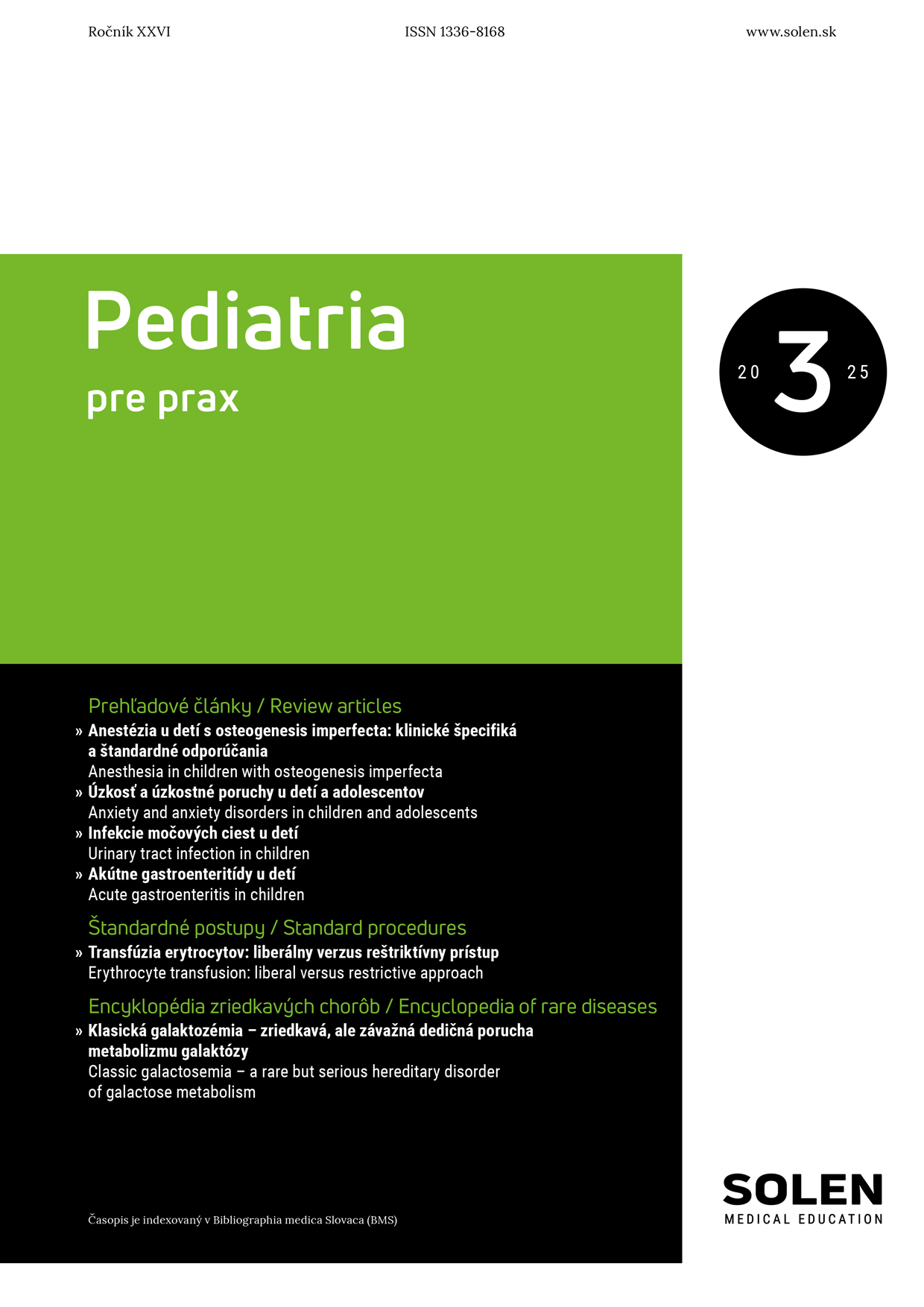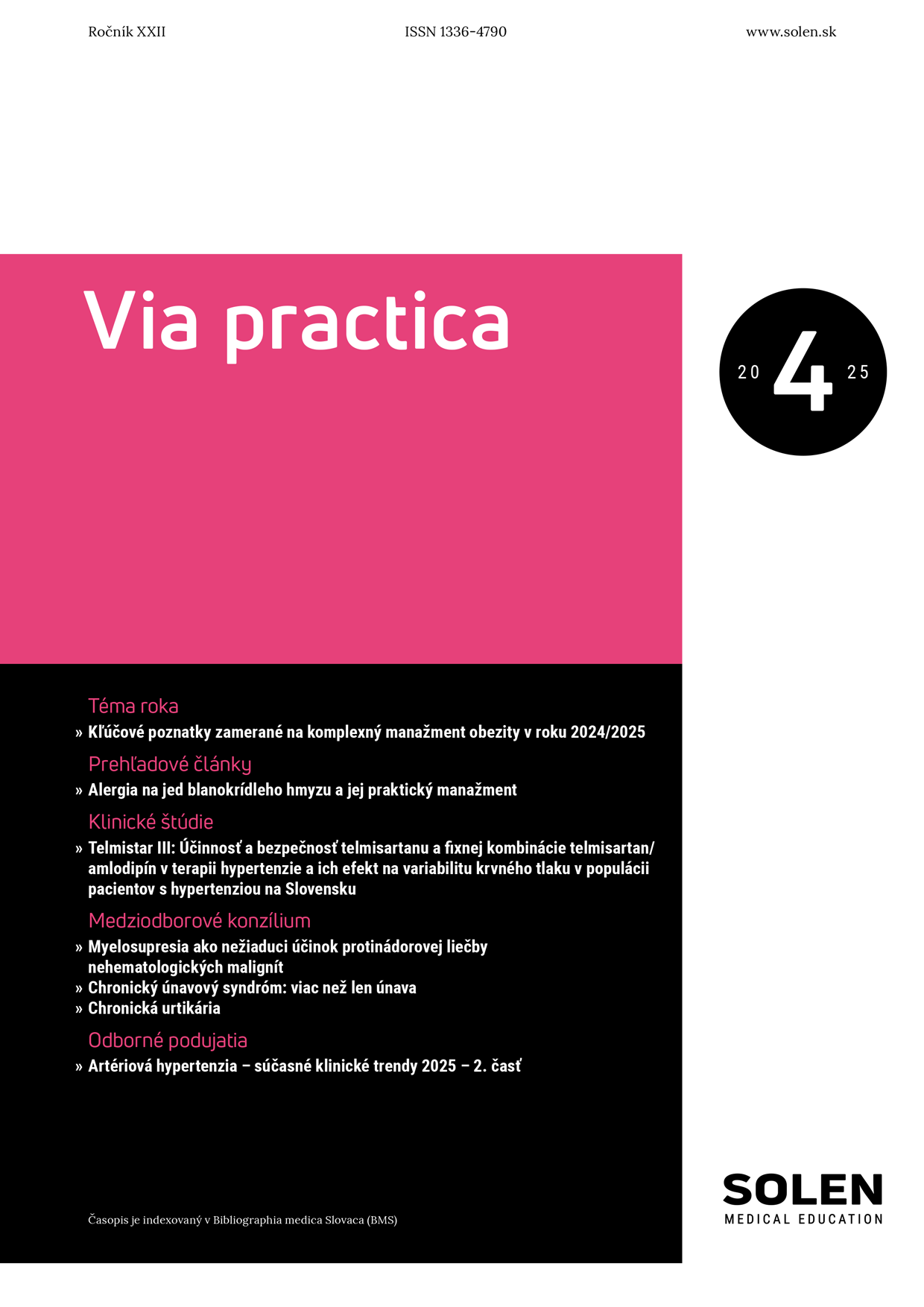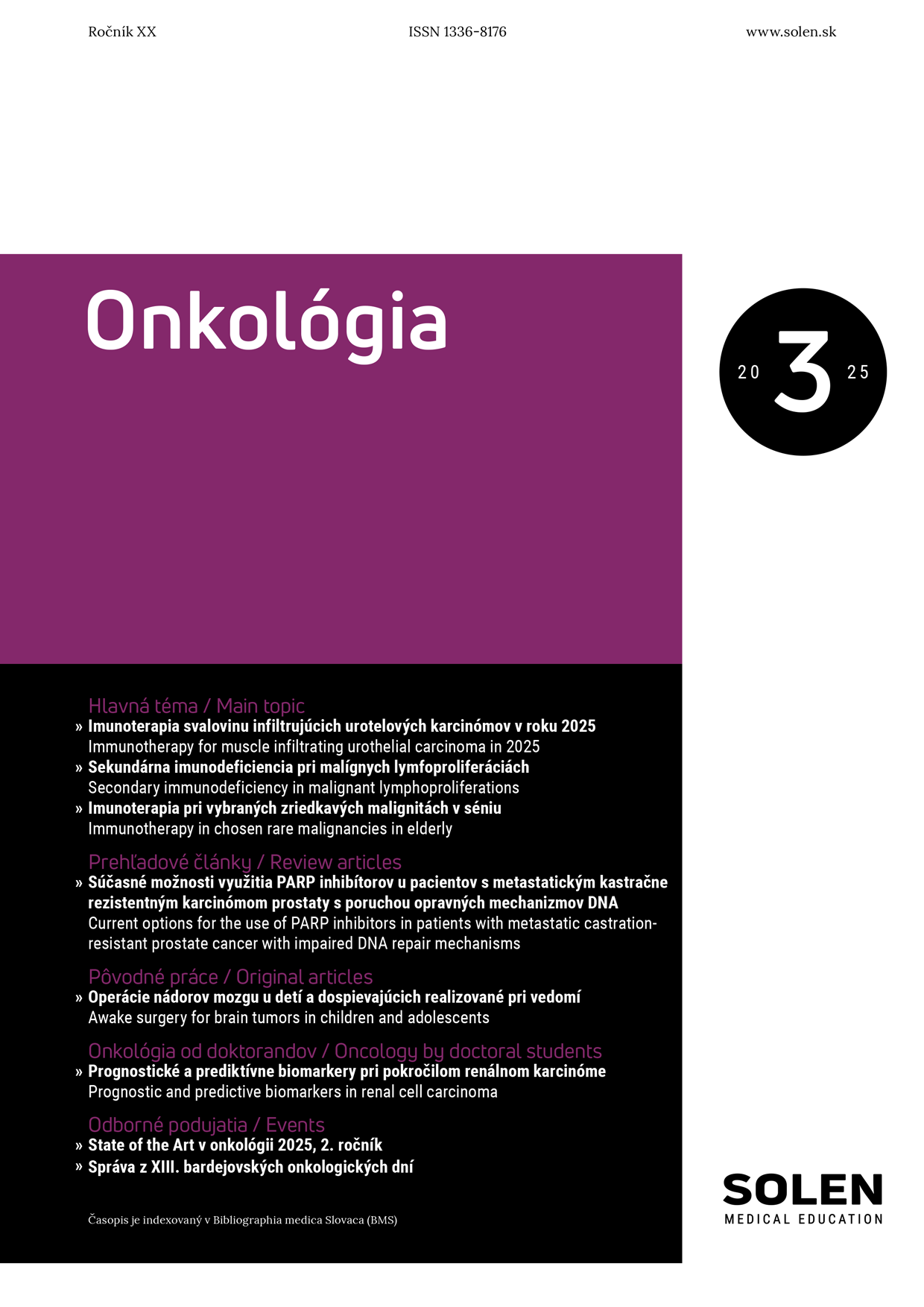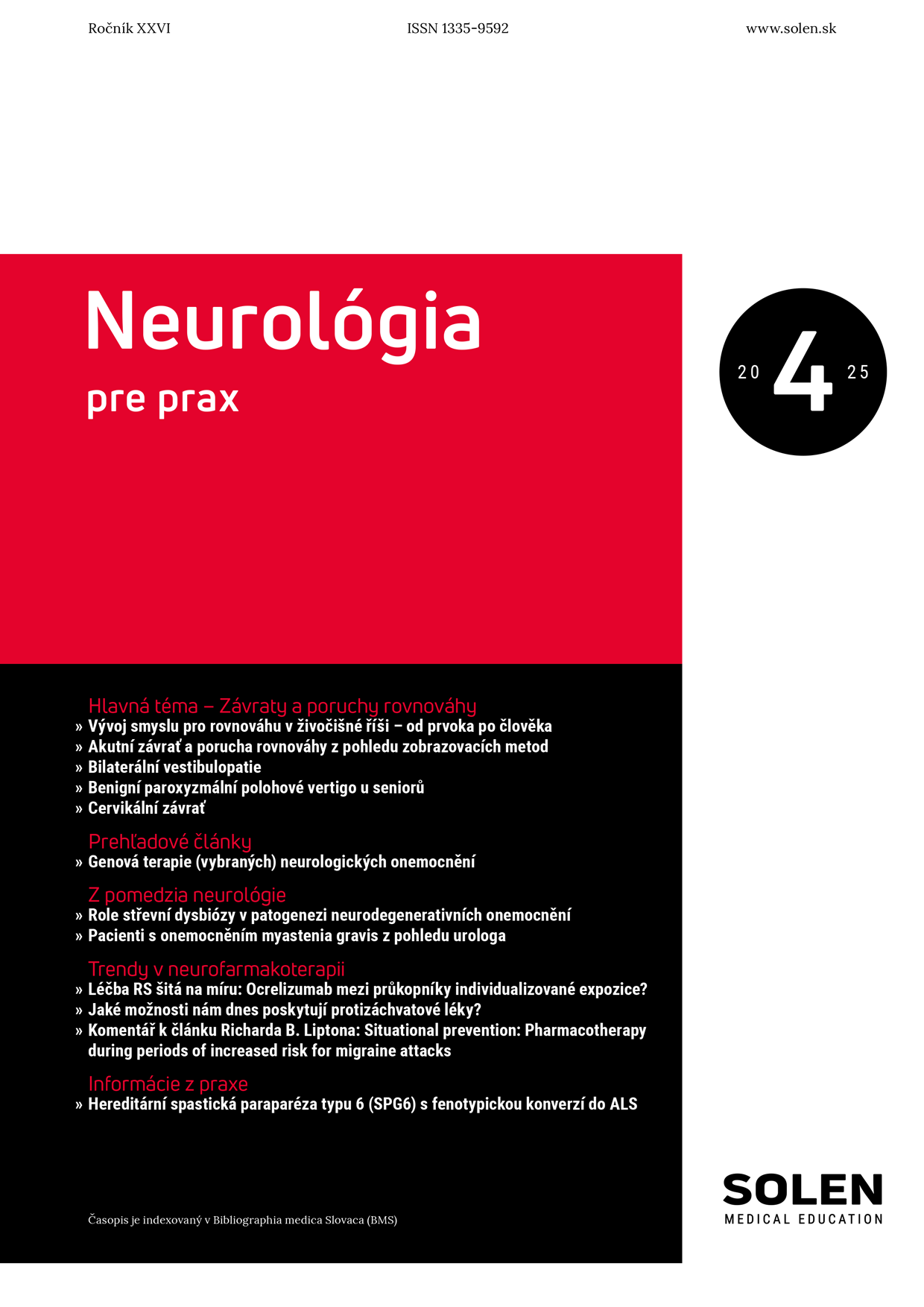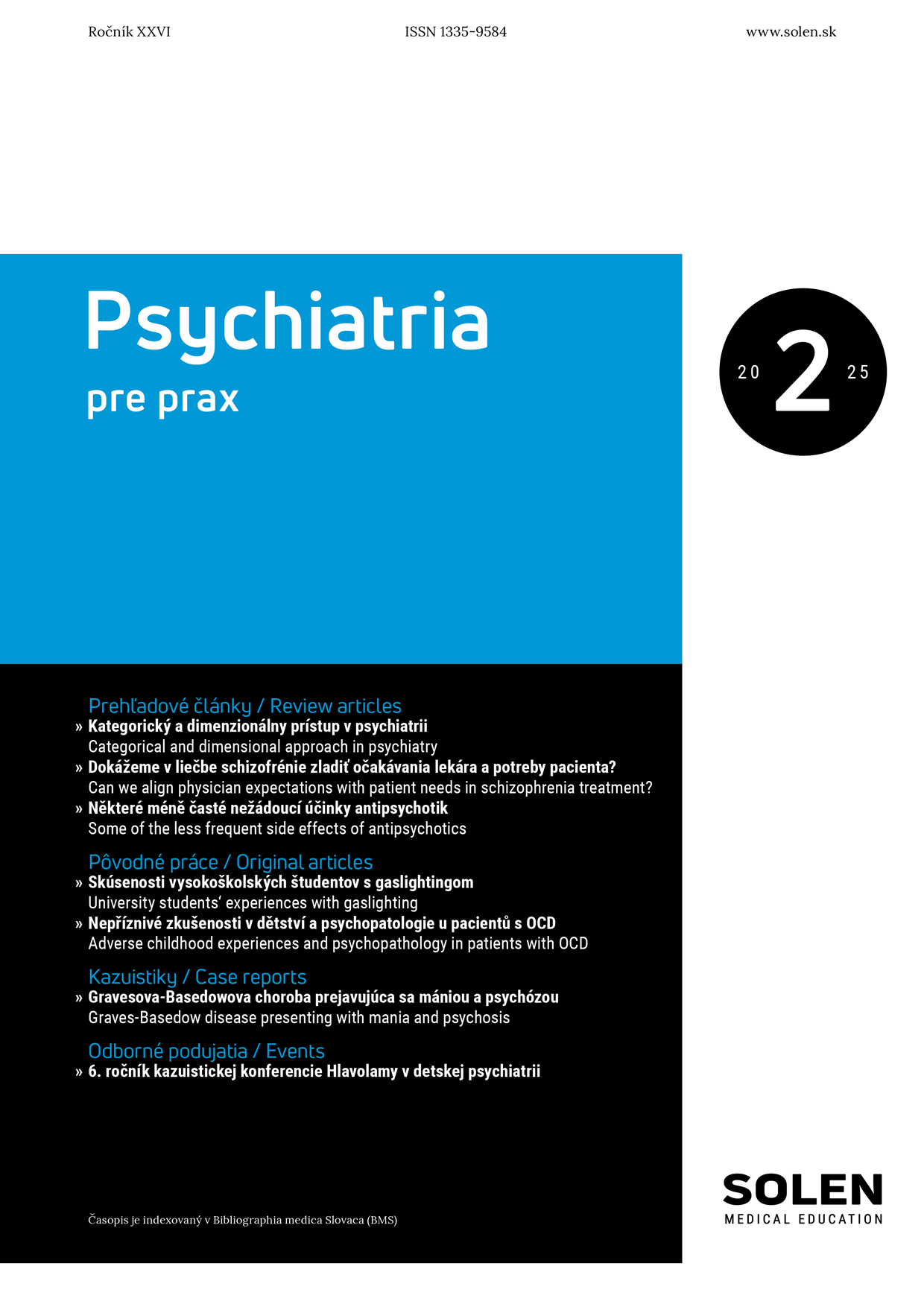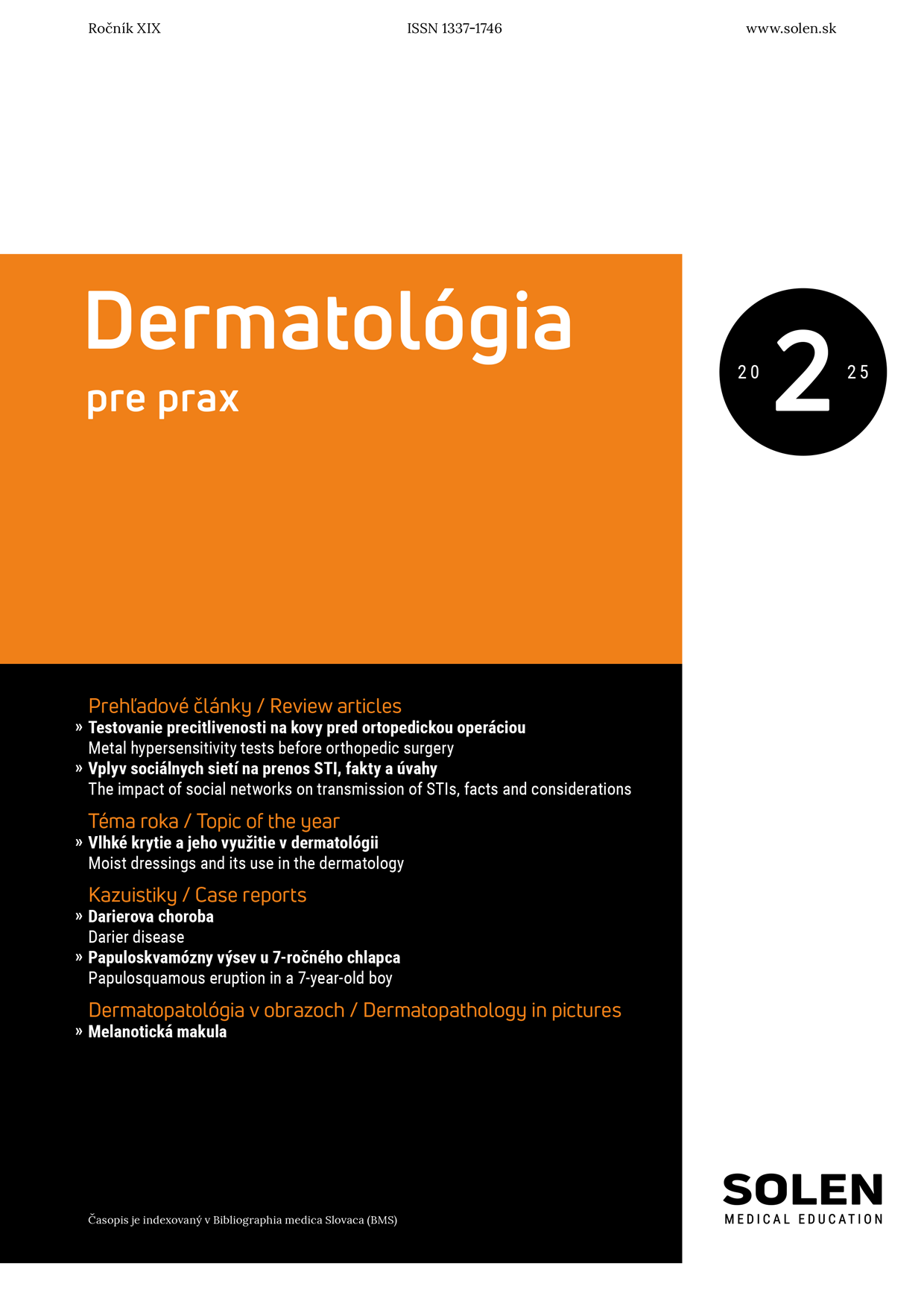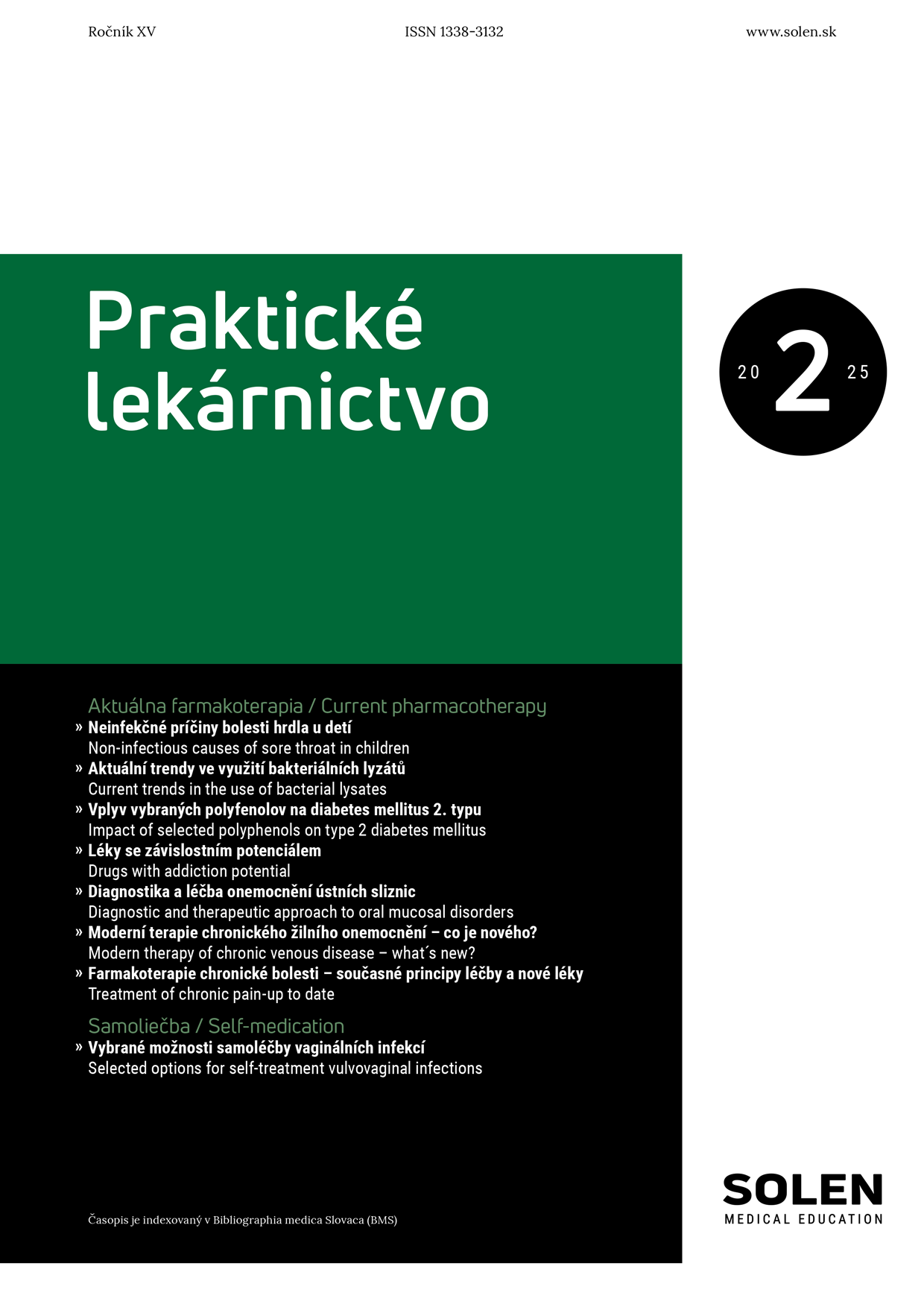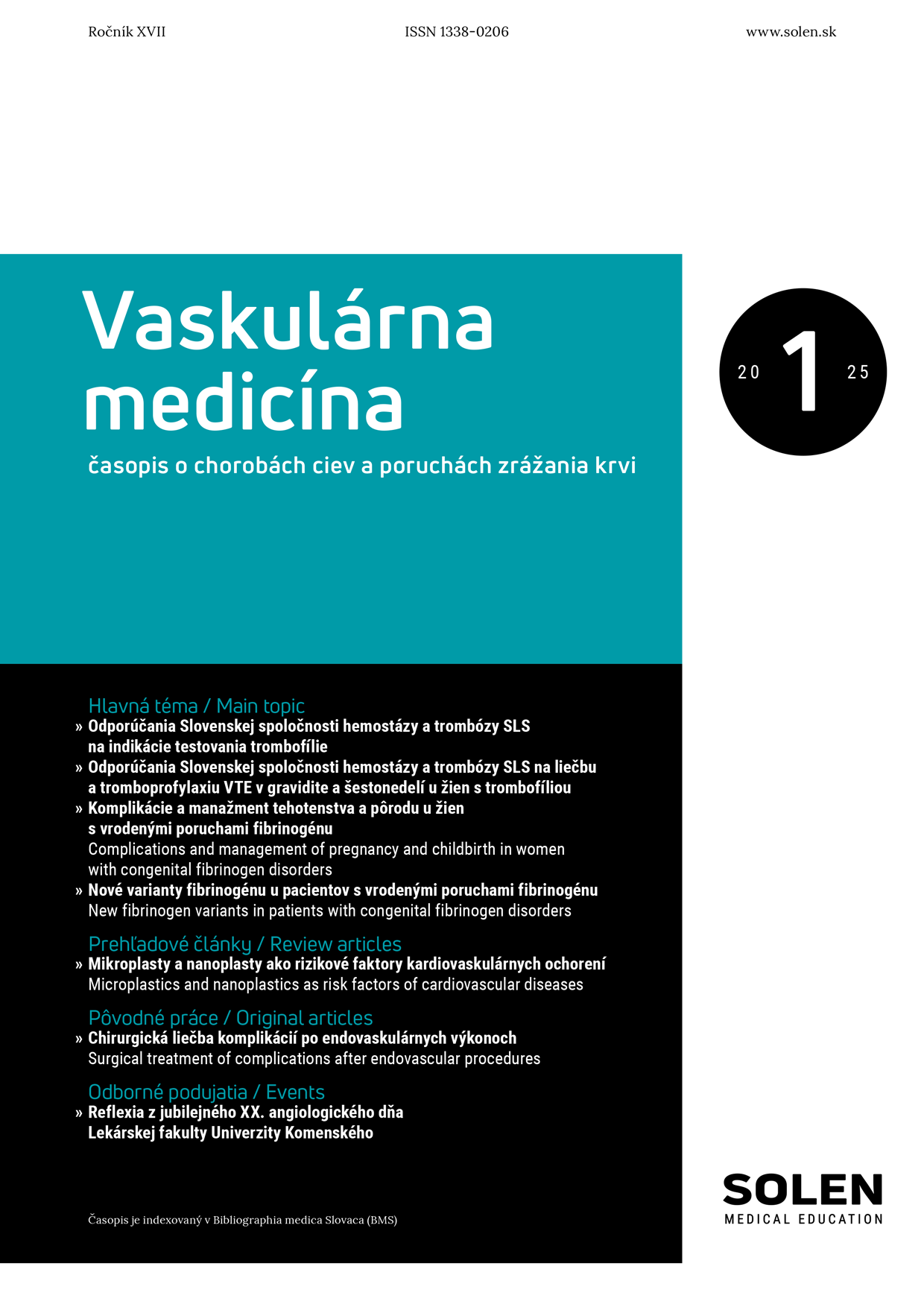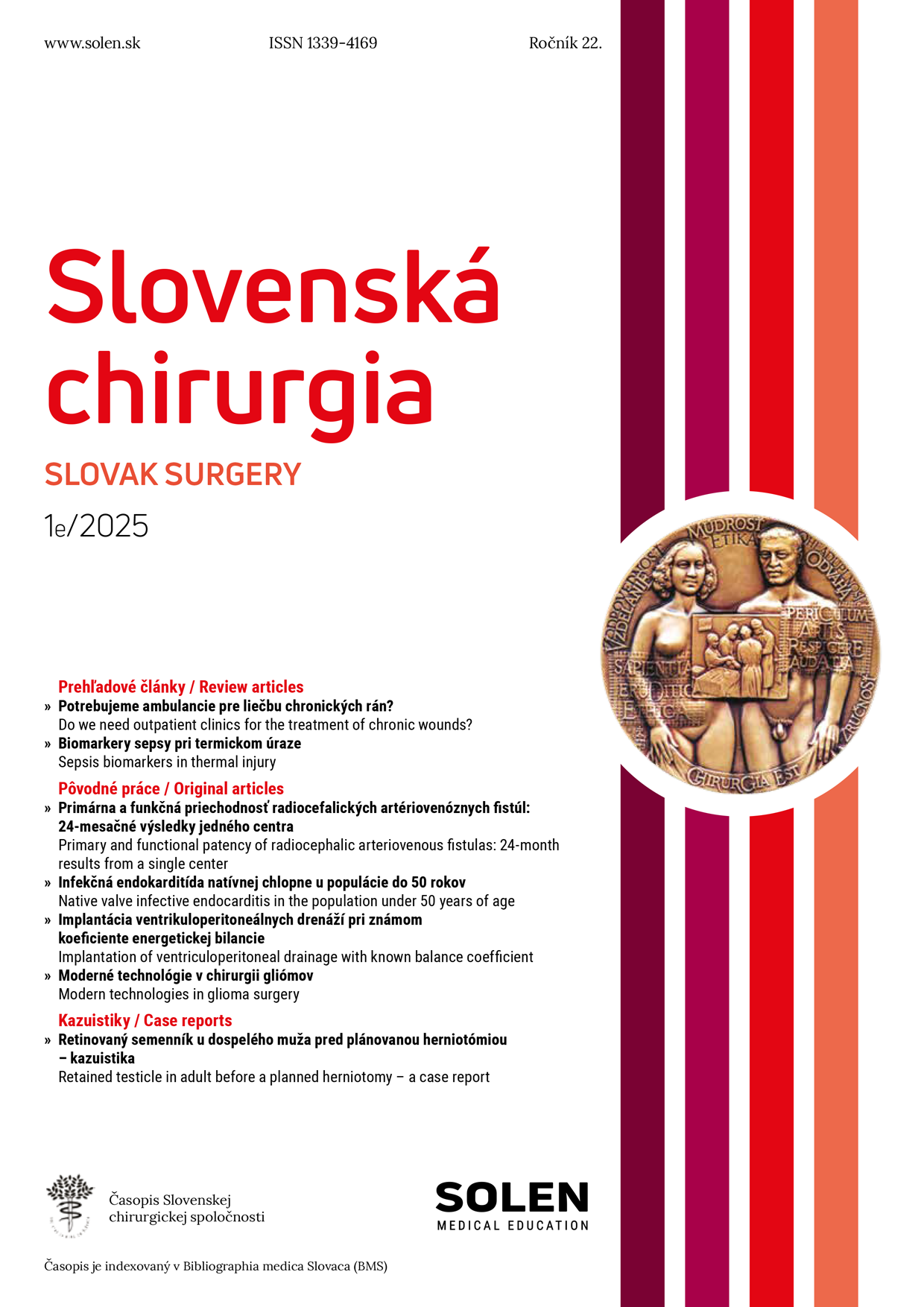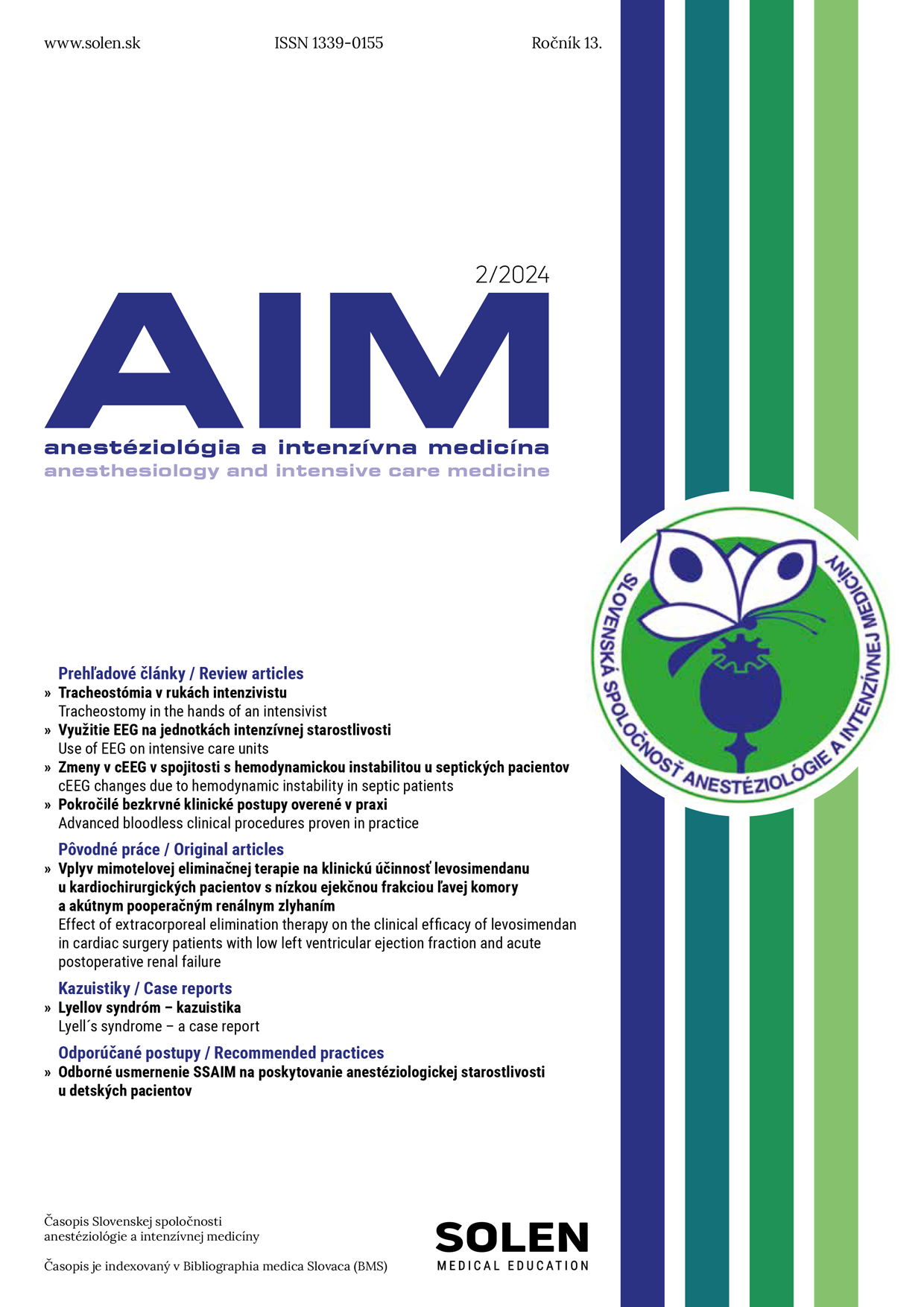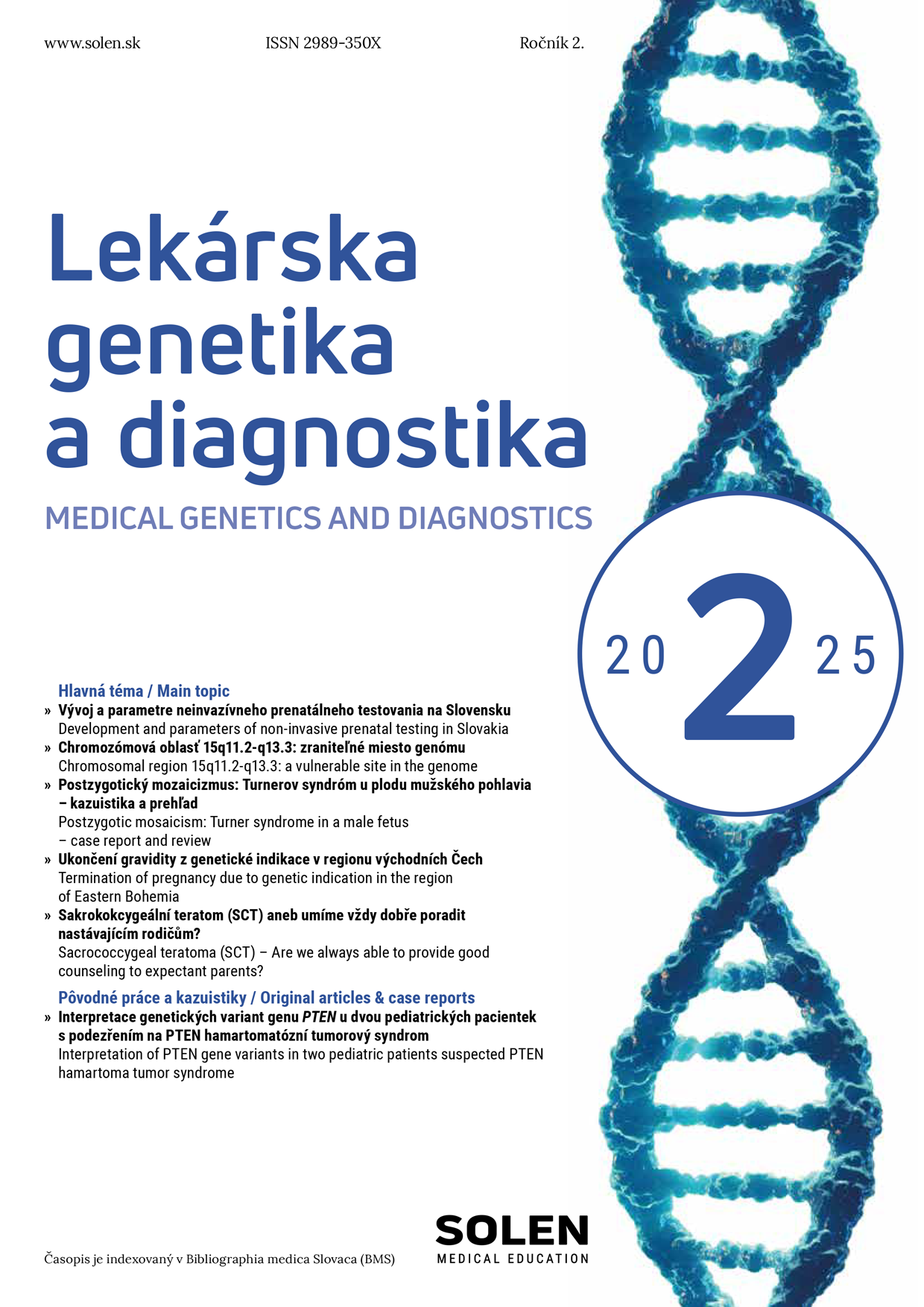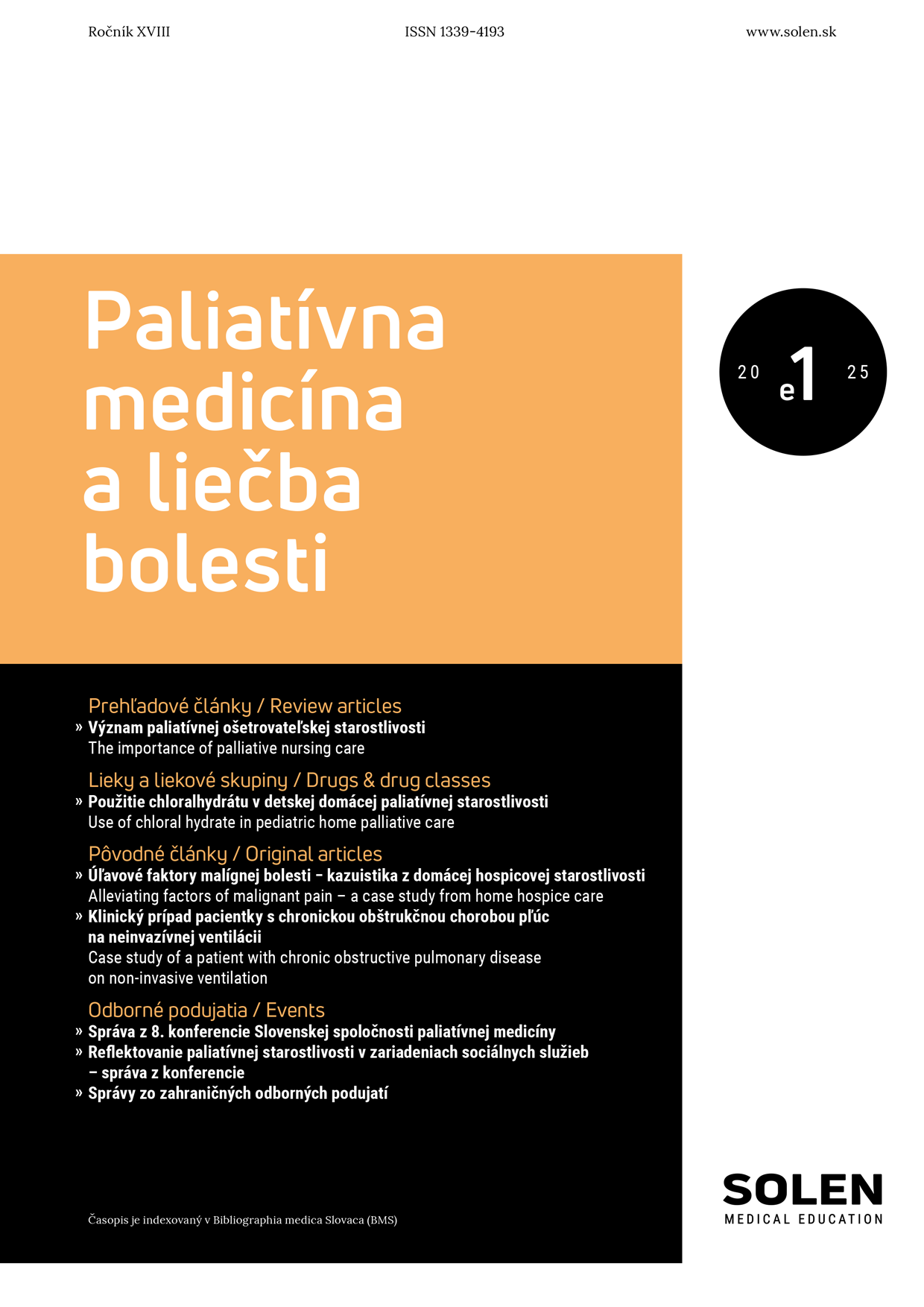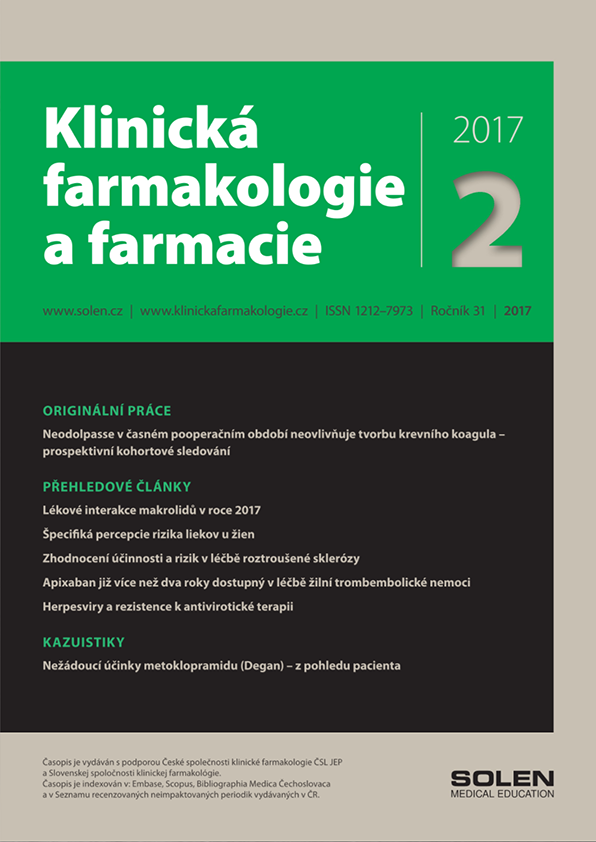Neurológia pre prax 3/2025
Brain atrophy and multiple sclerosis: theory and clinical practice
Multiple sclerosis (MS) is a chronic, autoimmune, neurodegenerative disease characterized by multifocal inflammation, demyelination, and axonal loss in the central nervous system (CNS). Brain atrophy has emerged as a critical biomarker of disease progression, reflecting the loss of neuroaxonal integrity and irreversible tissue damage. Its utility in prognosis, monitoring, and disease management is increasingly recognized, especially through advanced magnetic resonance imaging (MRI) techniques. Brain atrophy correlates strongly with physical and cognitive disability in MS patients across varying disease stages. Investigations reveal that changes in brain volume, especially gray matter, deep gray matter, and whole brain volume loss, are robust predictors of the clinical course in patients with MS. Thalamic and subcortical gray matter atrophy are particularly significant, as they contribute to the worsening of disability and cognitive dysfunction. The validity of brain atrophy as a biomarker has been supported by numerous longitudinal studies. Assessment of brain atrophy offers crucial insights into the progression trajectory of MS. In clinical practice, brain volume loss provides imaging data to anticipate disability milestones, track silent disease progression, and identify patients at risk of severe forms of the disease. Particularly following an initial demyelinating event or during RRMS disease activity, early atrophy measurements have been predictive of physical disability and neurocognitive decline over several years. Advancements in MRI have made precise brain volumetrics feasible, allowing standardized quantification of atrophy in clinical practice. Expert panels, such as the MAGNIMS-CMSC-NAIMS recommendations, advocate for MRI-based atrophy metrics to support both diagnosis and personalized treatment decisions. However, challenges remain in differentiating age-related atrophy and other confounding factors from disease-specific degeneration. The routine implementation across clinical settings remains constrained by a lack of universally standardized imaging protocols. Additionally, the cost-effectiveness of brain volumetric tools and their complex interpretation may limit widespread use. Clear guidelines, advanced analytic models, and consensus on pathological thresholds for brain atrophy rates are needed to improve their clinical applicability. Addressing these technical, economic, and interpretive limitations will be key to fully recognize the clinical potential of brain atrophy as a biomarker in MS management.
Keywords: multiple sclerosis, brain volume loss, biomarker, smouldering disease


